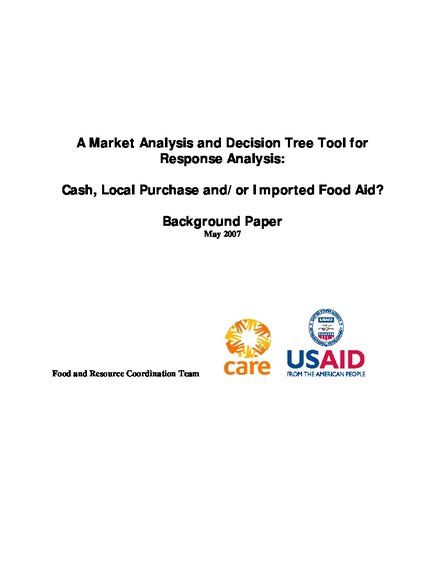
In 2005, Barrett and Maxwell1 published a book about food aid that challenged many of the existing beliefs and practices regarding food aid. For nearly half a century, food aid had been the most readily available resource for responding to everything ranging from chronic food insecurity to acute food insecurity associated with all kinds of emergencies. Our analysis in that book showed that, while importing food aid from abroad (often the US) was commonly the default response to an emergency, logically it should be the last choice, not the first or default choice.
While the relative availability of food resources has been a big part of the reason for this, it is also clear that program managers and analysts lack good decision-making tools to help them determine the best response to a food security crisis or to improving lives and livelihoods of chronically food insecure households. In addition, the total availability of food aid has been steadily declining for the past two decades from some 14 million metric tons in 1988 to about 8 million tons in 2005. The relative proportion of these resources devoted to humanitarian response has risen considerably during this time, but even the availability of these resources has been relatively stagnant since about 2000, while assessed needs for food assistance in crises has continued to grow.
